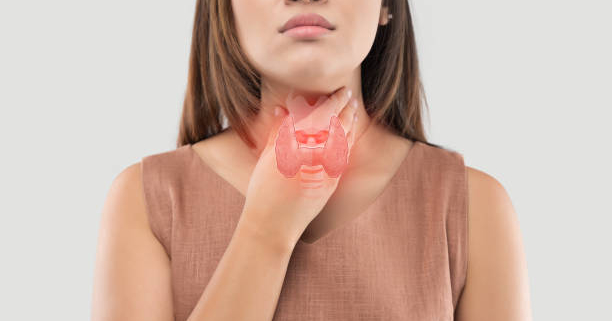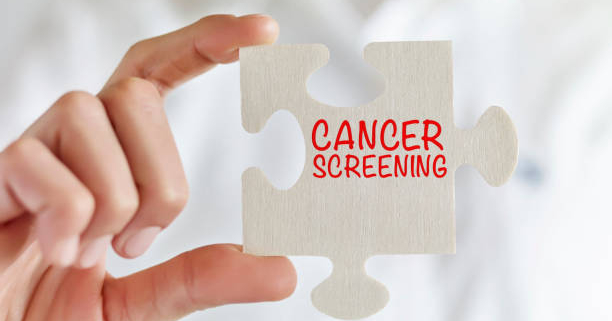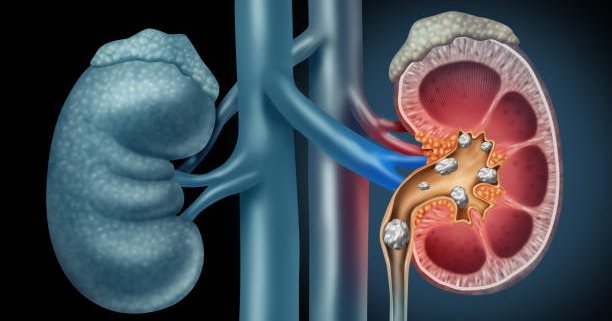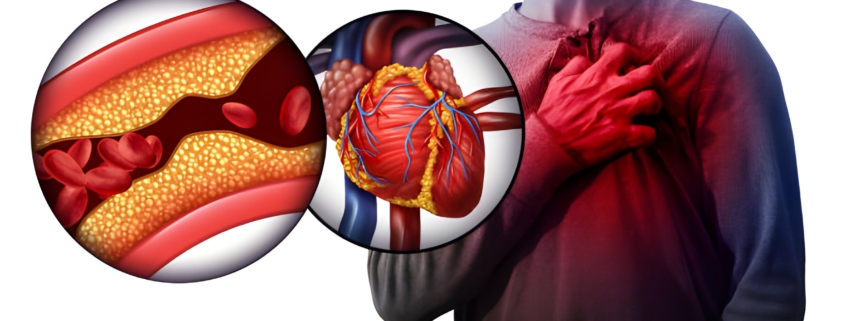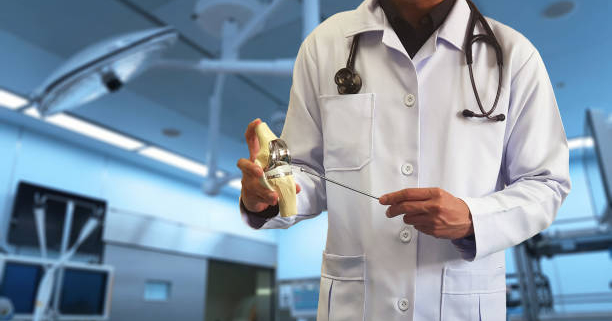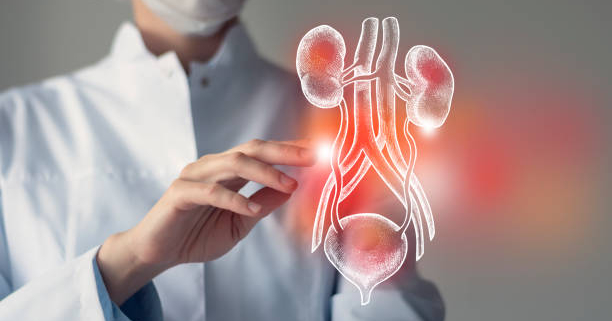Throat cancer is a broad term encompassing various malignancies arising within the throat region. While the specific location may differ, all throat cancers share similar risk factors, symptoms, and early detection methods. This comprehensive guide delves deeper into the different types of throat cancer, explores the warning signs, and emphasizes the importance of preventive measures and early diagnosis.
Unveiling the Different Faces of Throat Cancer
The throat, a muscular passage connecting the mouth and nose to the windpipe (trachea) and esophagus, comprises several sub-regions. Cancers can develop in any of these areas, each with a distinct name:
- Pharyngeal Cancer: This cancer affects the pharynx, a hollow tube extending from behind the nose to the top of the trachea.
- Laryngeal Cancer: The larynx, also known as the voice box, is the target of this type.
- Oropharyngeal Cancer: Located in the oropharynx (the middle part of the throat encompassing the back of the mouth, base of the tongue, and tonsils), this cancer can significantly impact swallowing and speech.
- Nasopharyngeal Cancer: This cancer originates in the nasopharynx, the upper part of the throat situated behind the nose.
- Hypopharyngeal Cancer: The hypopharynx, the bottom portion of the throat, is susceptible to this type of cancer.
- Tonsil Cancer: As the name suggests, this cancer develops in the tonsils, the lymph tissue located on either side of the back of the throat.
Further classification exists within some of these categories based on the specific location within the sub-region. For example, glottic cancer affects the vocal cords, while supraglottic cancer involves the area above the vocal cords, and subglottic cancer targets the region below.
Symptoms of Throat Cancer
Early detection is crucial for successful throat cancer treatment. Here’s a breakdown of the common symptoms that warrant a visit to a healthcare professional:
- Persistent Sore Throat: A sore throat that lingers for more than two weeks, even after trying home remedies, could be a red flag.
- Hoarseness or Voice Changes: Changes in your voice, such as persistent hoarseness, raspy voice, or difficulty speaking clearly, can signal throat cancer.
- Difficulty Swallowing (Dysphagia): Pain or a burning sensation while swallowing food or liquids could indicate throat cancer.
- Lump in the Neck: A noticeable lump in the neck or throat area, especially if it’s painless and doesn’t go away, should be promptly evaluated by a doctor.
- Ear Pain: Persistent pain in one ear, particularly if accompanied by other symptoms, can be a sign of throat cancer.
- Chronic Cough: A cough that doesn’t subside despite treatment might be a cause for concern.
- Unexplained Weight Loss: Losing weight unintentionally can be a symptom of various medical conditions, including throat cancer.
- Breathing Difficulties: Difficulty breathing or noisy breathing can arise due to throat cancer obstructing the airway.
- Bad Breath: Chronic bad breath that doesn’t improve with proper oral hygiene practices can be a symptom of throat cancer.
- Fatigue: Unusual and persistent tiredness or fatigue can be a warning sign of throat cancer.
Seeking Medical Attention at Ayushman Hospital Dwarka:
If you experience any of these symptoms, it’s vital to schedule an appointment with an ear, nose, and throat (ENT) specialist at Ayushman Hospital & Health Services. We have a team of experienced doctors equipped with advanced diagnostic tools to accurately identify the cause of your symptoms and recommend the appropriate course of treatment. Early detection is critical for improving treatment outcomes and overall prognosis.
Preventive Measures for Throat Cancer
While there’s no guaranteed way to prevent throat cancer entirely, adopting certain lifestyle modifications can significantly reduce your risk:
- Eliminate Tobacco Use: Tobacco use, including smoking and chewing tobacco, is the leading risk factor for throat cancer. Quitting smoking or avoiding it altogether is the single most impactful preventive step.
- Limit Alcohol Consumption: Excessive alcohol consumption weakens the body’s defense mechanisms, increasing the risk of developing throat cancer. Moderating alcohol intake or abstaining from it altogether is recommended.
- Embrace a Healthy Diet: A diet rich in fruits, vegetables, and whole grains provides essential vitamins, minerals, and antioxidants that may help protect against cancer.
- Consider HPV Vaccination: The human papillomavirus (HPV) is linked to some types of throat cancer. Vaccination against HPV, particularly for adolescents and young adults, can offer protection.
- Maintain Good Oral Hygiene: Regular dental checkups and proper oral hygiene practices can help maintain a healthy throat environment and potentially reduce the risk of throat cancer.
- Minimizing Exposure to Harmful Substances: Limit exposure to harmful chemicals and pollutants, especially in occupational settings. If working with such substances is unavoidable, wear appropriate protective gear like masks and respirators.
- Regular Medical Check-Ups: Schedule regular medical check-ups with your doctor. These check-ups may include a physical examination of the head and neck area, potentially including a throat scope to visualize the inside of your throat.
Conclusion
A throat cancer diagnosis can be overwhelming, but Ayushman Hospital & Health Services stands by your side throughout the journey. Our team of dedicated professionals provides comprehensive care, from diagnosis and treatment planning to supportive care and follow-up. With our expertise and advanced facilities, you can receive the best possible care for throat cancer and navigate the road to recovery with confidence.

